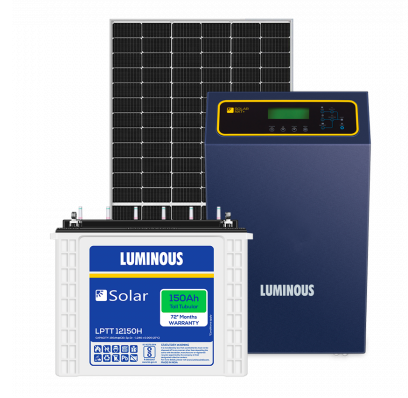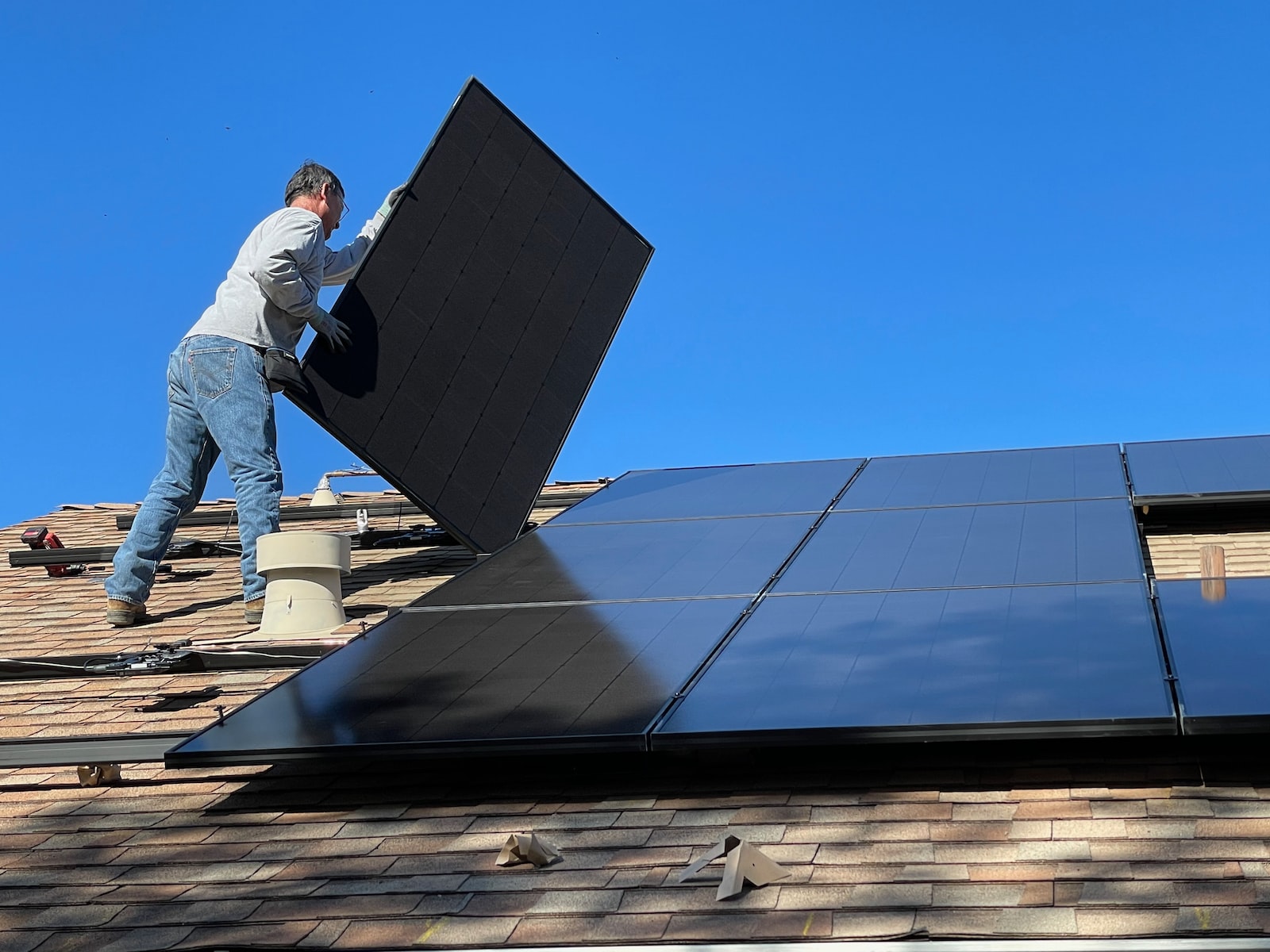The history of solar PV systems is full of exciting developments and goes back to 1839 when the photovoltaic (PV) effect was first discovered by a young physicist Edmond Becquerel. The PV effect is the process by which electric energy or voltage is produced upon exposure to sunlight.
A breakthrough was achieved in the 1950s when Bell Laboratories found that semiconducting materials such as silicon had more efficiency in producing electric power. And silicon-based solar cells were produced. This feat laid the foundation for modern-day solar PV systems.
The scope of a solar PV system has grown exponentially, with solar energy finding usage across industries. It can power many applications in addition to being used for producing and supplying electric power. The semiconducting material makes a solar PV system convert light into electricity.
With these general attributes of solar PV systems understood, it’s time to know about the types, components, and advantages. There are three prominent types of solar PV systems, with all three having varied specifications and usage. The three types are:
- Grid-Connected Solar PV System
- Stand-Alone Solar PV System
- Hybrid Solar PV System
Let’s get down to their details now:

Grid Connected Solar PV System: It is a standard solar power system and is one of the most popular forms of a PV system. In this setup, the solar PV system is connected to a grid. A grid is a conventional electricity infrastructure.
It works best when customers are already integrated into the grid and wish to add solar power to their houses. The on-grid solar PV system has a traditional grid-tied inverter but no battery storage.
Components:
- Solar Panels
- Solar Inverter
- Bi-directional Meter
- Grid
- Mounting Infrastructure
Advantages of Grid-Connected Solar PV System
- The setup is maintenance-friendly and doesn’t incur high costs to keep it functional.
- It doesn’t emit harmful C02 emissions.
- The solar PV system doesn’t need batteries to run, so it’s relatively cheaper.
- It has easy installation and can be mounted on a vacant rooftop without additional land.
- In addition to being used as a primary source of electricity in residential spaces, it can also be used in educational and commercial institutions.
Stand-Alone Solar PV System: Also known as an off-grid solar PV system, it is highly beneficial to customers who cannot connect to the grid because of the geographical location, or the cost involved. The setup is generally suitable for powering applications such as water pumps, ventilation fans, and solar thermal heating systems.
Components:
- Solar Panels
- Mounting Structure
- Charge Controller
- Battery
- DC-AC grid-tied solar inverter
- Solar cables
- Backup generator
- Connected Load (Completes electricity flow)
Advantages of Off-Grid Solar PV System
- The system makes customers fully energy independent. When they are completely off the conventional electricity grid, there is a lesser inconvenience and high self-sufficiency.
- The installation is easier as it can be done anywhere. One doesn’t even need to depend on anybody for the installation, as no connection to the grid is required.
- It is environment-friendly and helps big savings on electricity costs.
- This solar PV system is an excellent alternative to rural areas for electric power.
Hybrid Solar PV System: It works almost the same way as on-grid solar PV systems, only that it has a hybrid inverter and a battery backup. The energy absorbed by the PV panel passes through the inverter to create AC power.
Components:
- Solar Panel
- Mounting Infrastructure
- Solar Grid-Tied Inverter
- Electrical Wiring
- Solar Battery Bank
Advantages of Hybrid Solar PV System:
- It helps store excess power generated.
- Hybrid inverters are a good power backup system.
- The solar PV system helps reduce power usage from the grid.
- One can use solar power during peak usage time.
While these are the broad categories of solar PV systems available these days, constant innovations have made the development of new types possible. Check out the solar PV systems by Luminous to benefit the most from solar power systems.
Ref:
https://en.wikipedia.org/wiki/Net_metering
https://en.wikipedia.org/wiki/Charge_controller



